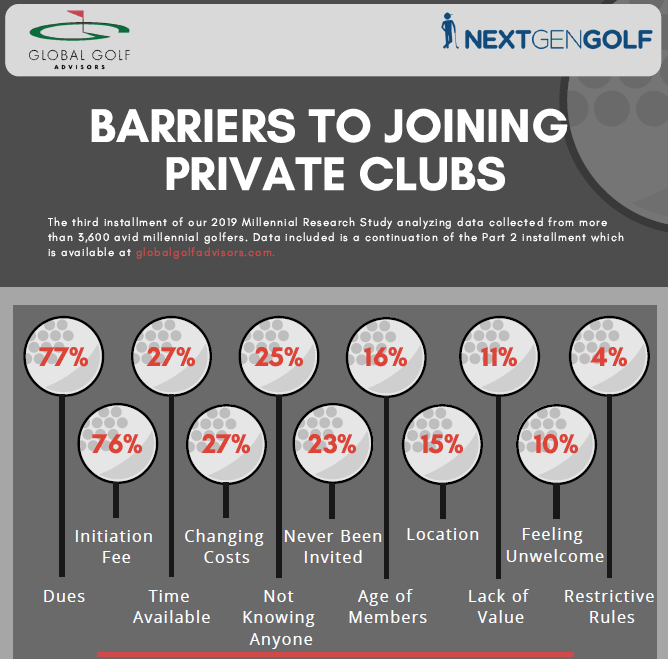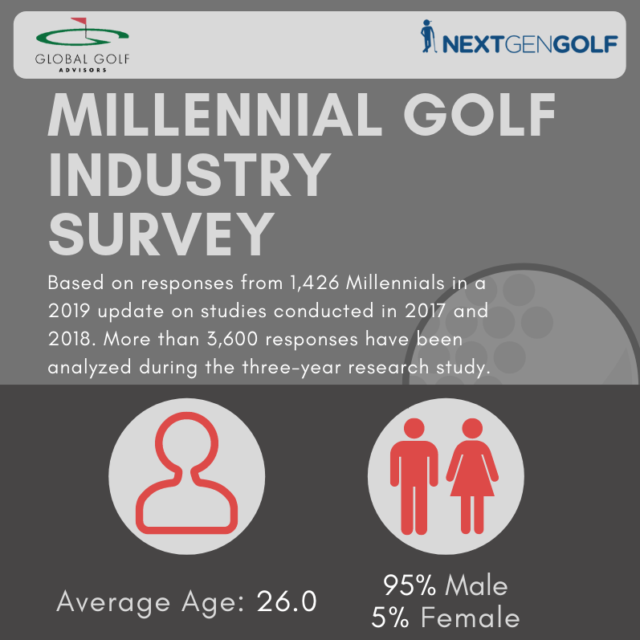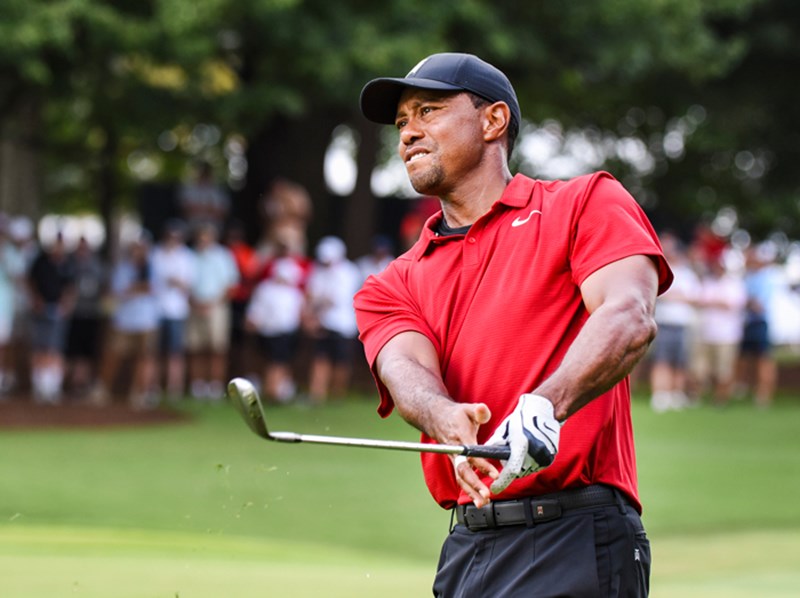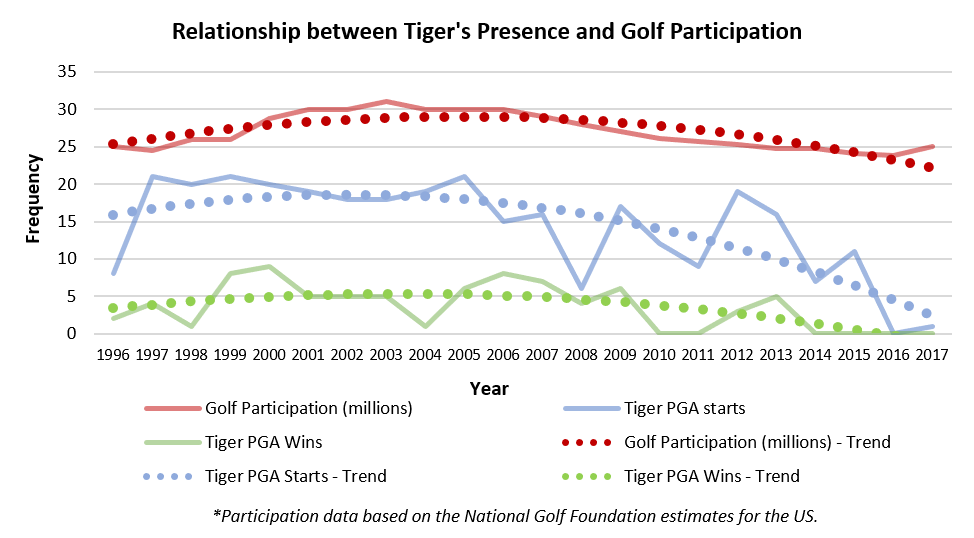For 80%* of members and visitors, the golf course is the aspect of a club they hold most dear. It is pivotal to the club’s reputation.
However, when we imagine a ‘golf destination’, don’t we think of something more than just a club with a great golf course?
The word destination intimates something that goes beyond the golf course. It could be a desirable location, a known identity, a famed history, a longstanding tradition, exceptional service or just an overarching experience of quality.
If a club wishes to elevate its status, to be recognized as a destination, then there are three key areas that club leaders need to develop:
1. Developing the Customer Experience
The customer experience itself is typically comprised of three parts: the complete customer journey, a customer’s interaction with brand touchpoints, and the environments a customer experiences – including digital.
By developing an intimate understanding of each of these areas, and thoughtfully mapping them to the satisfaction of members and guests, you can make significant strides in the customer experience at your club.
A ‘complete customer journey’ is different for each and every individual, but starts before you think it might. Earlier this year I spoke of the advent and importance of online reviews – which are just one way customers research your club. Add in social media, web presence and press coverage and you’ll quickly realize that, actually, the customer journey and experience can often start well before they enter the front gates.
To learn about this in greater detail, member and customer surveys provide an excellent opportunity to seek intelligence and data. Reviewing these insights in the context of your club’s mission statement will then reveal improvements you can make.
Next, how do customers experience, navigate and interact with your club once they are through the gates? What is the first thing they see when entering? Who is the first person they will meet? What improvements can you make to improve or enhance that welcome or first interaction?
Remember: Customer’s expectations are often informed by their experiences elsewhere and can be unfair, misaligned, or even unreasonable in the context of your club. Expectations relating to food and beverage provision can be informed by the Michelin Star restaurant in a major metropolitan area, or expectations of service may be informed by their recent stay at a five-star hotel.
For this reason, any changes that you make should be in the context of fulfilling – or reviewing – your club’s mission statement: this brings an authenticity, integrity and brand-oriented focus to the experience improvements you make.
2. Developing Surrounding Facilities
Destination clubs typically focus new development or capital enhancement efforts in one of two areas: facilities that complement their core service offering OR facilities which offer them a competitive advantage over their local market and immediate competitors.
The trend in recent years has been to focus capital improvements on facilities appealing to families, children and, more generally, health and wellbeing. Clubs putting in place such additional amenities look to do so with the support of a long-term strategic plan, underpinned by strategic intelligence. In other words, they are taking the necessary steps to secure the long-term sustainability of their club.
Clubs looking to capitalize on trends and gain a competitive advantage have often done so with smaller, yet impactful additions. Take casual dining for example, where we have come across café/lounge-style areas conducive to working and individual club utilization, or straightforward, family-friendly dining experiences like fire pits, pizza ovens, ice cream bars and food trucks.
Developing facilities and expanding the amenity package can help to position the club as ‘the only place with _______’, and support the need and ambition to offer a genuine competitive point of difference in a challenging marketplace.
3. Appealing to a Wider Audience
Aside from offering an exceptional customer experience, true destination clubs cast a wide net by appealing to a broad spectrum of audiences. Membership privileges often include such things as extended family access; customized, unique, and well-attended social events; reciprocal and travel programs with other destinations; as well as tournaments, competitions, and special events that support the continued expansion of the club’s brand footprint and reach.
The key to enhancing the club’s appeal to a wider audience is not simply an exercise in volume or offering a litany of activities, but it is rather to position the club as a network extender. The club should be perceived as a way to enjoy shared, common experiences – known to be highly connected to achieving a sense of happiness and fulfillment. The club isn’t just for the ‘primary member’ anymore, it should be for everyone relevant to that members’ life.
This is not to say full privileges for all. The suggestion is that drawing connections between the club and customers’ social lives increases relevance, which is essential in support of member and customer retention and overall club satisfaction.
In the eyes of members and customers, for a club to be truly recognized as a destination, it must become a conduit for their lifestyle. The club is a platform to more effectively enable them to live the life they want to lead.
To facilitate that, embrace an unerring commitment to cultivating a superior customer experience, developing surrounding facilities, and appealing to a wider audience. By delivering on these key criteria a club can embark on the journey to changing customer’s perceptions and be known for being much more than just a place to play golf.
*Syngenta, Growing Golf in the UK, 2014
This article was authored by GGA Manager and Member Satisfaction expert Bennett DeLozier.
